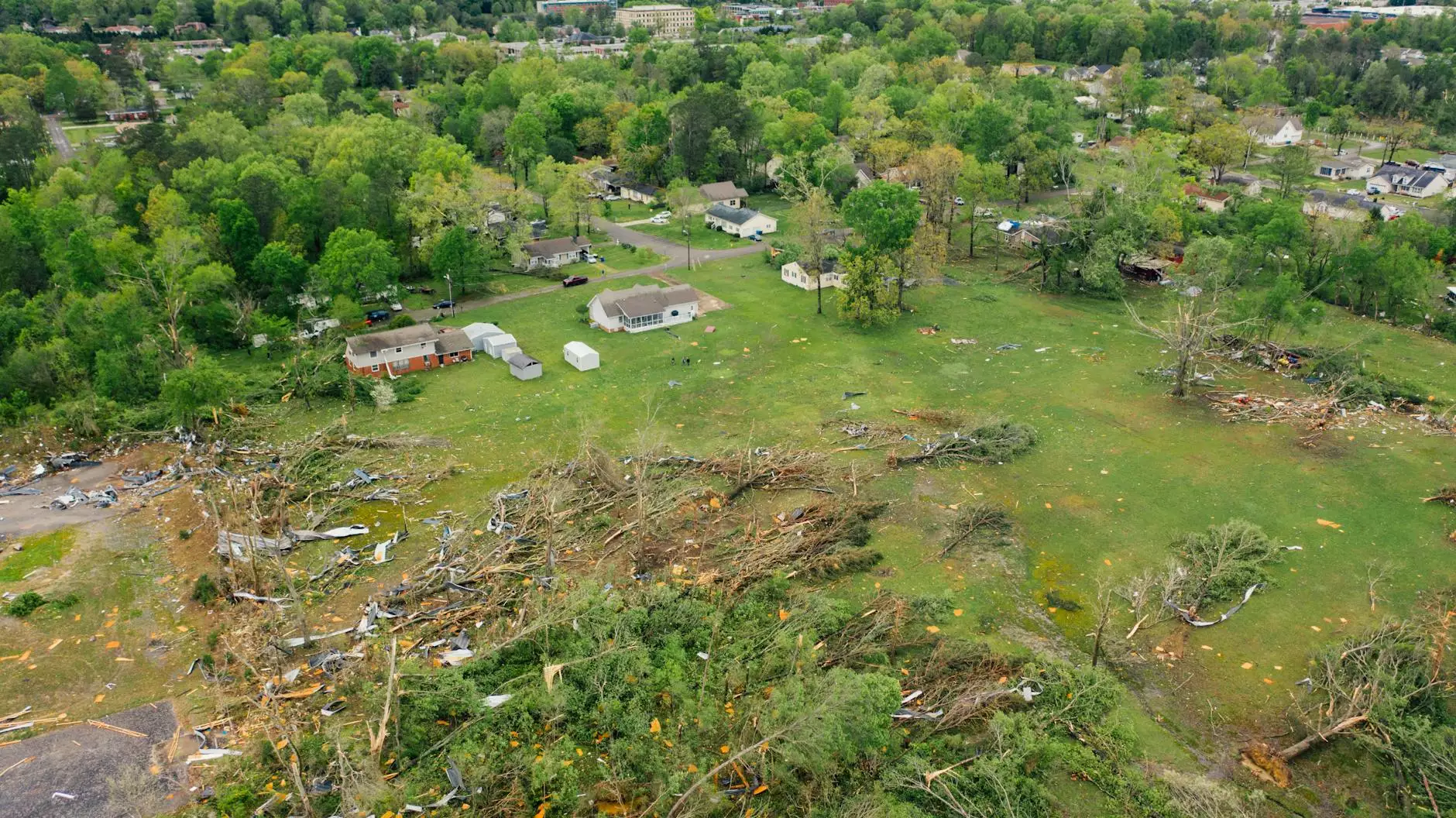Understanding the EF5 Twister: Nature's Most Powerful Force

The EF5 tornado, often referred to as the ultimate twister, is a phenomenon that leaves a lasting impact on anyone who witnesses its raw power. Rated at the top of the Enhanced Fujita scale, an EF5 tornado is characterized by wind speeds exceeding 200 miles per hour, wreaking havoc in its wake. This article delves deep into the nature of EF5 tornadoes, their effects on human life and business, and how communities can prepare and recover from such devastating storms.
The Nature of EF5 Tornadoes
To fully appreciate the significance of an EF5 twister, it is essential to understand what classifies a tornado within this category. The Enhanced Fujita scale, which ranges from EF0 to EF5, is a classification system that meteorologists use to evaluate the intensity of tornadoes based on the damage they cause. Below is a brief breakdown of the scale:
- EF0: Wind speeds up to 85 mph; minor damage
- EF1: Wind speeds of 86-110 mph; moderate damage
- EF2: Wind speeds of 111-135 mph; considerable damage
- EF3: Wind speeds of 136-165 mph; severe damage
- EF4: Wind speeds of 166-200 mph; devastating damage
- EF5: Wind speeds exceeding 200 mph; incredible damage
With such immense destructive potential, EF5 tornadoes are not only natural disasters; they are events that reshape landscapes, communities, and economies. The intense winds can obliterate structures, uproot trees, and cause widespread chaos.
The Science Behind the EF5 Twister
Understanding the science behind tornadoes, particularly EF5s, involves delving into meteorological phenomena. These tornadoes typically form in supercell thunderstorms, which are created when warm, moist air rises and interacts with cooler, dry air. The conditions that lead to the formation of these storms include:
- Warm and humid air at the surface
- Cool and dry air aloft
- Wind shear, or changing wind speed and direction with height
When these elements combine, they create instability in the atmosphere that can lead to the development of a supercell, capable of producing an EF5 tornado. Meteorologists closely monitor these conditions, particularly during spring and summer months when tornadoes are most common.
Impact of EF5 Tornadoes on Communities
The repercussions of an EF5 tornado can be devastating for communities. The destructive nature of these storms means not only physical damage to homes and infrastructure but also profound emotional and economic impacts. After such an event, communities face numerous challenges, including:
1. Immediate Response and Recovery
In the aftermath of an EF5 twister, emergency services rush to provide aid to those affected. This includes:
- Search and rescue operations
- Medical assistance for the injured
- Restoration of basic services, such as water, electricity, and communication
Communities often come together in the face of disaster, showcasing resilience and solidarity. Local organizations, volunteers, and businesses mobilize to help those impacted, providing food, shelter, and resources.
2. Economic Impact
The economic toll from an EF5 tornado is substantial. Not only are businesses destroyed, but the local economy suffers deeply when consumer spending drops and unemployment rates rise. Some of the economic consequences include:
- Loss of jobs and livelihoods
- Damage to local businesses, leading to long-term closures
- Infrastructure repair costs, which can burden local governments
In these trying times, understanding how to rebuild and support local businesses is critical. It is essential for communities to implement recovery strategies that include financial support and resources for affected industries.
Business Resilience and Recovery after an EF5 Twister
For business owners, recovery from an EF5 tornado is a multifaceted challenge that requires planning, resilience, and community support. Here are key strategies businesses can implement to prepare for and recover from such devastating storms:
1. Business Continuity Planning
No business is immune to the risk of natural disasters. Developing a business continuity plan is essential and should include the following:
- Assessment of potential risks and impacts
- Development of emergency response protocols
- Training employees on safety procedures
- Securing business insurance that covers natural disasters
An effective continuity plan helps businesses minimize downtime and maintain operations even during crises.
2. Networking and Community Support
In times of crisis, local businesses can benefit from robust networks that foster collaboration and support. Building relationships with other businesses and local organizations can lead to:
- Shared resources and services during recovery
- Collective marketing efforts to attract tourists and customers
- Joint fundraising initiatives for recovery funding
By working together, businesses can strengthen their community bonds and facilitate collective recovery efforts.
3. Leveraging Technology and Innovation
Technology plays a crucial role in modern recovery strategies. Businesses can utilize various tools to enhance their resilience, such as:
- Cloud storage for data backup and recovery
- Online marketing strategies to reach a broader audience post-disaster
- Using social media for real-time updates and communication with customers
Implementing these technologies can help businesses adapt to challenges posed by natural disasters and build a sustainable future.
Learning from Past EF5 Tornadoes
One of the most effective ways to prepare for future EF5 tornadoes is to study historical data and learn from past occurrences. Notable EF5 tornadoes, such as those that struck Joplin, Missouri in 2011 and Moore, Oklahoma in 2013, serve as reminders of the destruction these storms can bring. By analyzing these events, communities can:
- Model potential impacts on their areas
- Improve emergency response procedures
- Create awareness of the importance of safety measures
Sharing insights and experiences amplifies preparedness efforts and encourages proactive approaches to future threats.
Conclusion
The EF5 twister represents the pinnacle of tornado intensity, demonstrating the ferocity of nature and the resilience of human spirit in its wake. Understanding the characteristics, impacts, and recovery strategies surrounding these powerful storms is essential for communities and businesses alike. Through preparation, collaboration, and innovation, we can face the challenges posed by such natural disasters and emerge stronger than before.
As we reflect on the power of the EF5 tornado, it is crucial to remember that the ultimate goal is not just survival but thriving in the face of adversity. By embracing resilience and community support, businesses can navigate the storms ahead.









